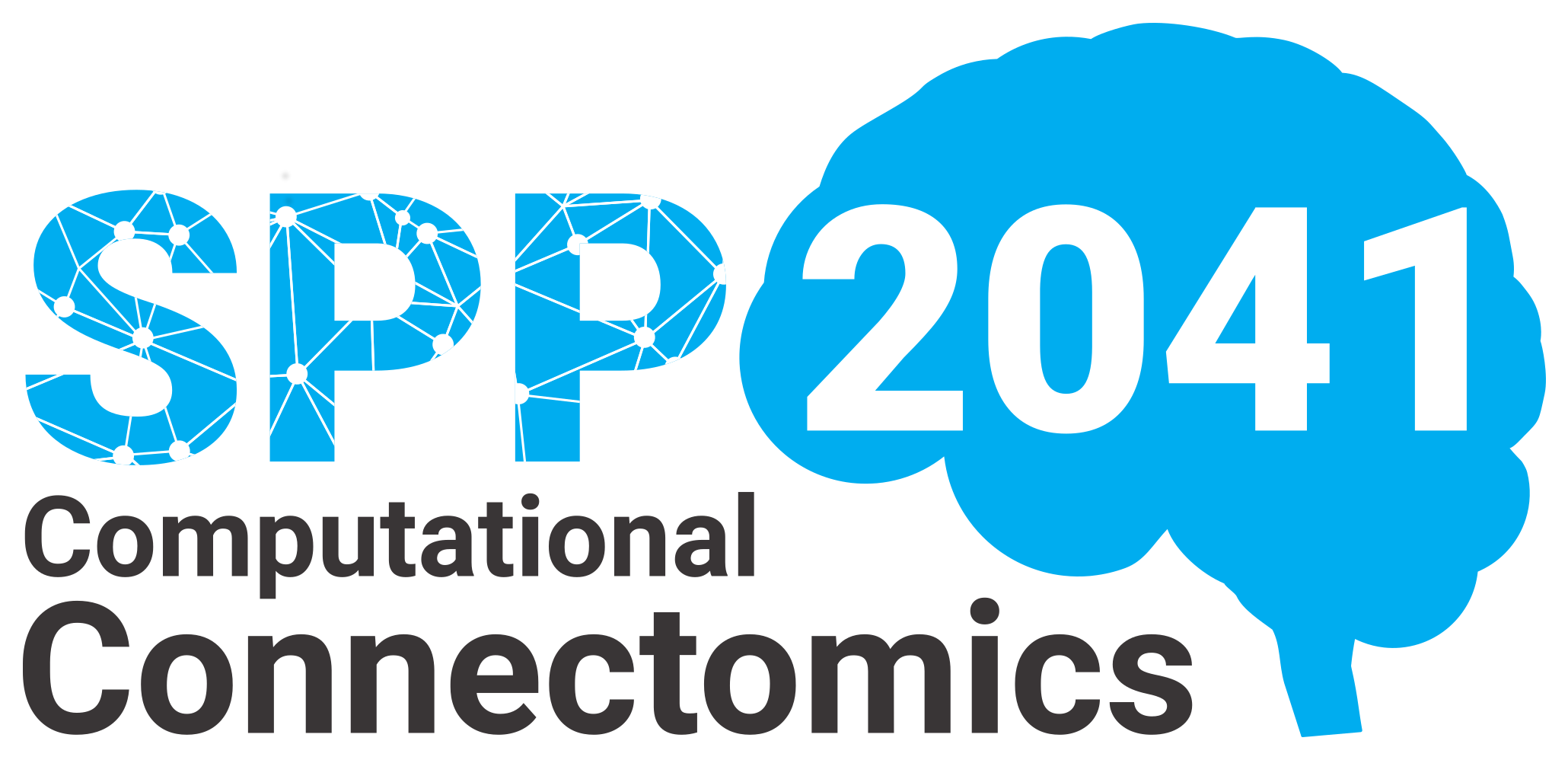HIGH RESOLUTION CONNECTIVITY ANALYSIS OF THE DORSAL MOUSE GYRUS DENTATUS IN HEALTH AND EPILEPSY
Critical details of neuronal connectivity occur on length scales of about 100 nm. Structures small like this can optically be resolved using super resolution light microscopy. This is not feasible for the reconstruction of extended neuronal networks, because all available super resolution approaches are restricted to thin samples of about 20 µm depth. Synaptically connected neurons can however be spatially separated from each other by hundreds of micrometers.
A recently introduced tissue expansion method allows to effectively increase the optical resolution by a factor of four. Macromolecules that are as close as ~60nm before expansion can be resolved almost without distortion of the relative protein position. This increase in effective resolution enables imaging of critical neuronal details using conventional light microscopes thus bypassing the depth-limit of super resolution techniques. We intend to combine tissue expansion with light sheet fluorescence microscopy to allow fast and gentle imaging of very large samples. We consider these two methods to be an ideal match to obtain super-resolved images of extended neuronal circuits at imaging rates exceeding those of point-scanning instruments by a factor of 20.
Large sample blocks of mouse brains will be fluorescently labeled and isotropically expanded. The heavy adsorption of water during the expansion process renders the sample transparent allowing imaging by confocal light sheet fluorescence microscopy. This yields a virtual lateral and axial optical resolution of 75 and 250 nm, respectively, with depths up to effectively 2 mm. Exploiting state-of-the art genetic and rabies virus-based labeling approaches to selectively label specific subsets of neurons we will generate a structural map of the mouse dorsal dentate gyrus in super resolution. The data generated in this project will consist of quantitative connectivity maps between defined cell types in the dentate gyrus. We will incorporate this data continuously into the open source dentate model in Neuron. We will then use our quantitative data on canonical inhibitory motifs and continuously validate the model using electrophysiology.
Many changes in the synaptic wiring of different neuron types of have been described in animal models of epilepsy. For instance, in the dentate gyrus several key morphological alterations exist, amongst them the well-documented finding that the dentate granule cell axons sprout. Therefore, we will extend our studies to epileptic mice to understand precisely how the connectivity matrix and neuronal computation is altered compared to the wild type.
We expect that our project combining tissue engineering, optical imaging and electrophysiological tools will significantly increase our understanding of dentate gyrus computations in healthy and epileptic mice and will improve the data basis of existing open source modeling initiatives.
A recently introduced tissue expansion method allows to effectively increase the optical resolution by a factor of four. Macromolecules that are as close as ~60nm before expansion can be resolved almost without distortion of the relative protein position. This increase in effective resolution enables imaging of critical neuronal details using conventional light microscopes thus bypassing the depth-limit of super resolution techniques. We intend to combine tissue expansion with light sheet fluorescence microscopy to allow fast and gentle imaging of very large samples. We consider these two methods to be an ideal match to obtain super-resolved images of extended neuronal circuits at imaging rates exceeding those of point-scanning instruments by a factor of 20.
Large sample blocks of mouse brains will be fluorescently labeled and isotropically expanded. The heavy adsorption of water during the expansion process renders the sample transparent allowing imaging by confocal light sheet fluorescence microscopy. This yields a virtual lateral and axial optical resolution of 75 and 250 nm, respectively, with depths up to effectively 2 mm. Exploiting state-of-the art genetic and rabies virus-based labeling approaches to selectively label specific subsets of neurons we will generate a structural map of the mouse dorsal dentate gyrus in super resolution. The data generated in this project will consist of quantitative connectivity maps between defined cell types in the dentate gyrus. We will incorporate this data continuously into the open source dentate model in Neuron. We will then use our quantitative data on canonical inhibitory motifs and continuously validate the model using electrophysiology.
Many changes in the synaptic wiring of different neuron types of have been described in animal models of epilepsy. For instance, in the dentate gyrus several key morphological alterations exist, amongst them the well-documented finding that the dentate granule cell axons sprout. Therefore, we will extend our studies to epileptic mice to understand precisely how the connectivity matrix and neuronal computation is altered compared to the wild type.
We expect that our project combining tissue engineering, optical imaging and electrophysiological tools will significantly increase our understanding of dentate gyrus computations in healthy and epileptic mice and will improve the data basis of existing open source modeling initiatives.
Principal Investigators
Professor Dr. Heinz Beck
Rheinische Friedrich-Wilhelms-Universität Bonn
Medizinische Fakultät
Klinik für Epileptologie
Professor Dr. Ulrich Kubitscheck
Rheinische Friedrich-Wilhelms-Universität Bonn
Institut für Physikalische und Theoretische Chemie
Dr. Karl Martin Schwarz, Ph.D.
Rheinische Friedrich-Wilhelms-Universität Bonn
Medizinische Fakultät
Klinik für Epileptologie
